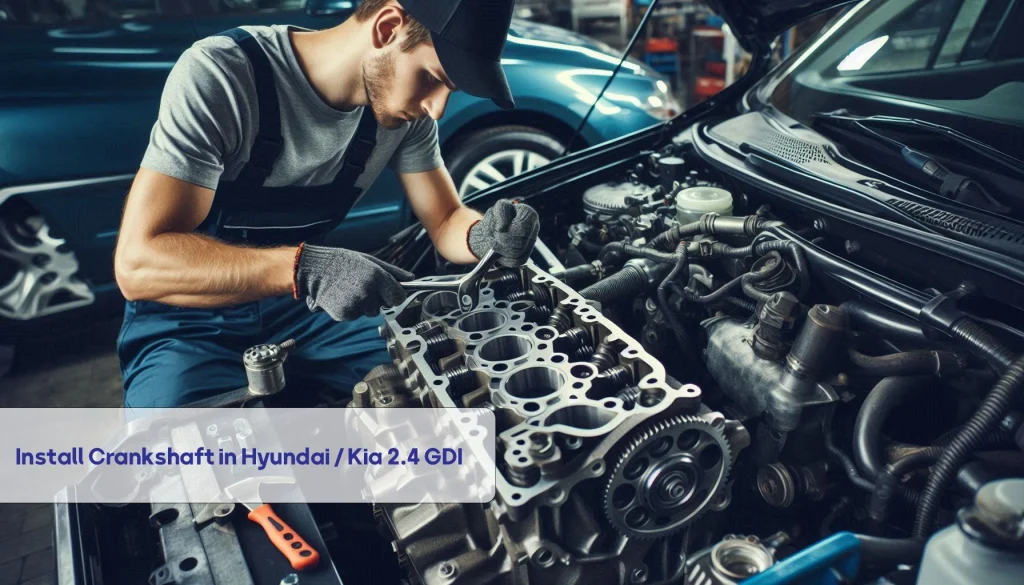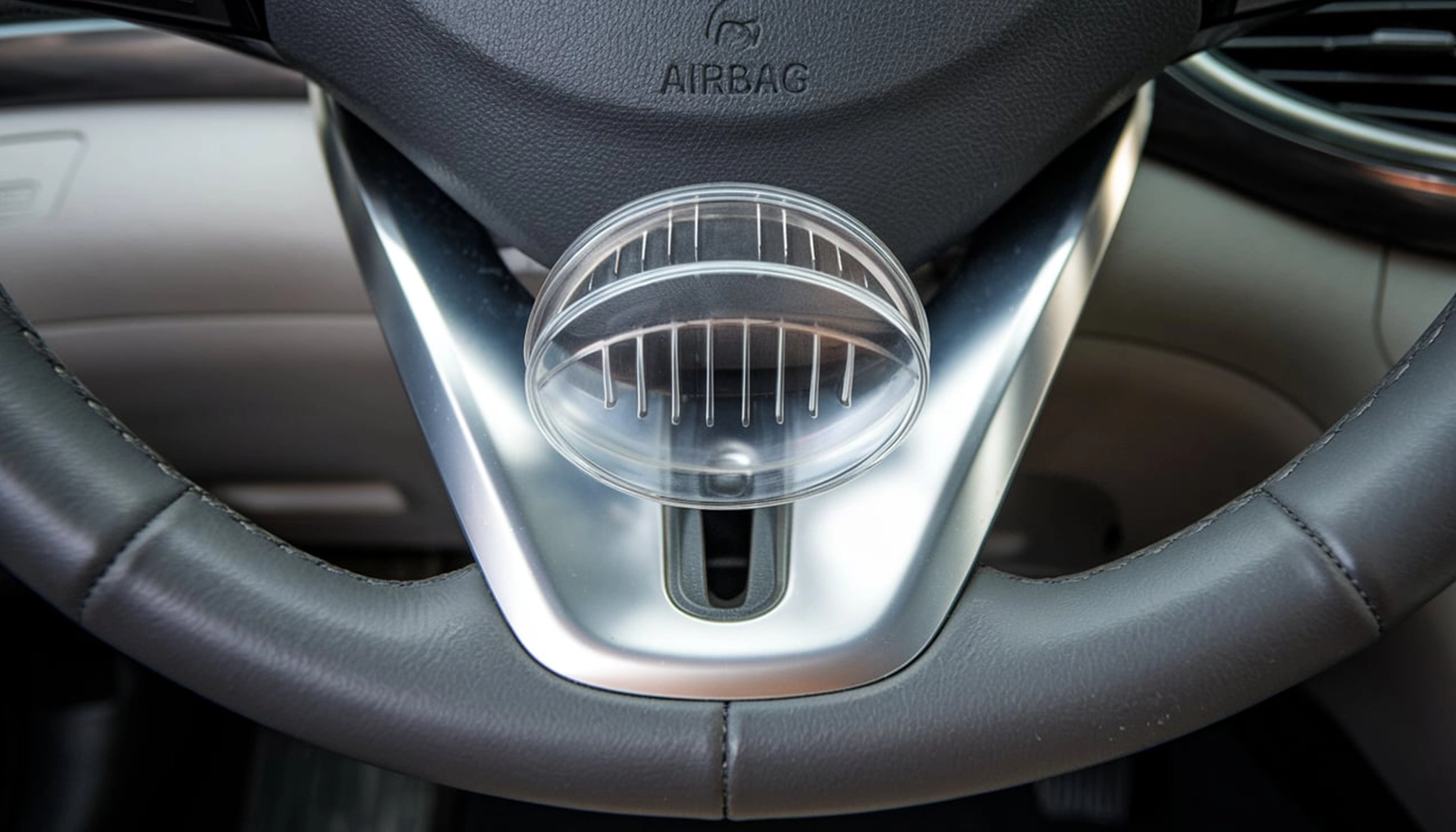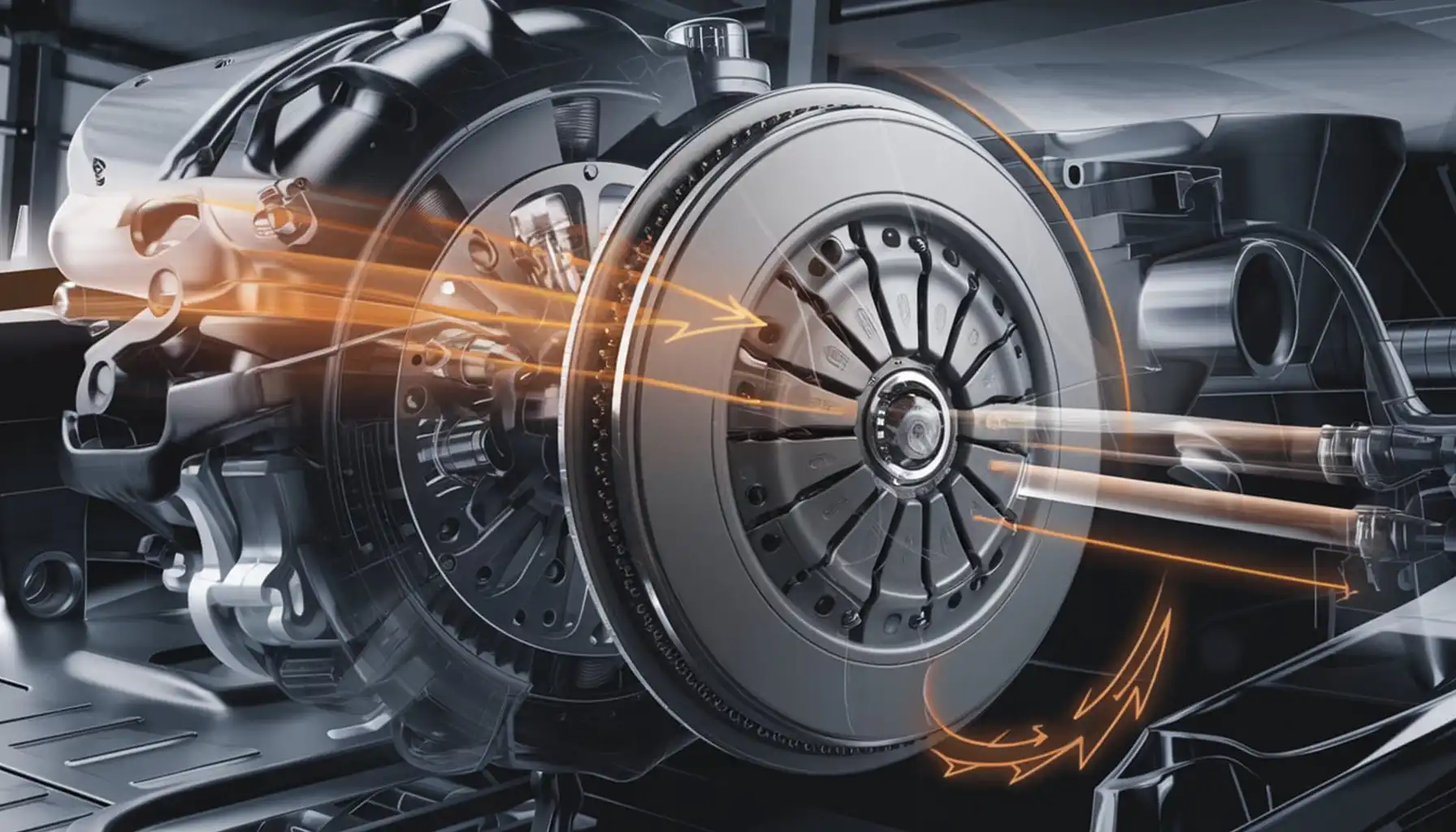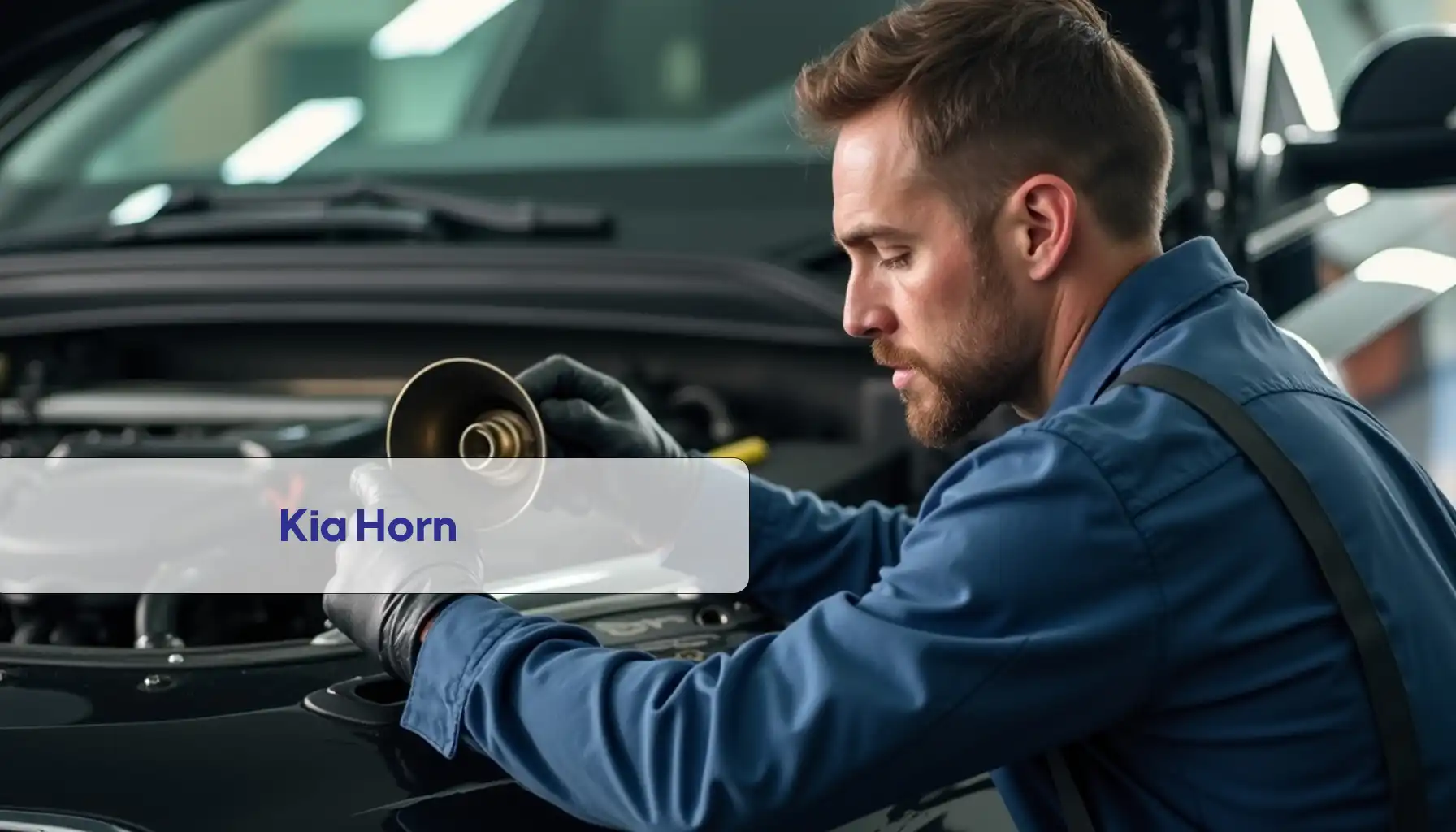When rebuilding an engine, every detail matters; this is particularly true when installing a crankshaft with new bearings in a Hyundai or Kia 2.4 GDI engine. This stage of the process, even when intricate, is very important for long-term vehicle reliability. The following blog post will highlight, step by step, how to install a crankshaft correctly, pointing out the importance of precision and abiding by what the manufacturer specifies. If you follow through with this guide meticulously, you will be able to avoid some very common mistakes and thereby lay the foundation for an engine that runs well and is primed to give years of service without fault.

The 2.4L GDI (G4KJ) is one of the more common engines from Hyundai and Kia, used in many models within both brands, so this guide would be beneficial specifically for owners of the following vehicles listed below. This article is a guide for owners who have the following models:
- Hyundai Grandeur/Azera (2011–2019)
- Hyundai Santa Fe (2012–2020)
- Hyundai Sonata (2009–2019)
- Hyundai Tucson (2015–2020)
- Kia Cadenza (2011–2019)
- Kia KX7 (2016–2021)
- Kia Optima (2010–2019)
- Kia Sportage (2010–2021)
- Kia Sorento (2014–2020)
Rebuilding an engine is an activity that calls for a very meticulous and informed approach to every step, more so with the critical components like the crankshaft. Of course, this becomes of prime importance when installing a crankshaft in a Hyundai or Kia 2.4 GDI engine. This component, which converts the pistons’ linear motion into rotational force that powers your vehicle, needs precision installation to allow smooth running of your engine. Essentially, installing a crankshaft on Hyundai/Kia 2.4 GDI engines is a process that calls for technical expertise coupled with cautious and step-by-step methods to avoid pitfalls.

The Hyundai and Kia 2.4 GDI is a very popular and appreciated engine for its efficiency and performance. This is an engine variant used in many models. However, to maintain such qualities, it is of key importance that the crankshaft installation be done properly. In this respect, installing a crankshaft on Hyundai/Kia 2.4 GDI engines lays the base for the future performance of this engine. Installation does not simply mean fitting the parts together; it requires deep knowledge of how the component parts interact at high pressure and speed.
Following these steps, the vehicle owner will have a rebuilt 2.4L GDI engine, fittingly so that its performance and durability are sustained as expected of the engine.
Preparation of the Engine Block: The Foundation of Success
The engine block has to be properly prepared before you install it. The first and foremost preparation is to make the engine block not only clean but free from the tiniest of dust, dirt, and other foreign substances that would compromise the rebuild’s integrity. It has to be a clean engine block since even just a speck of dust will really matter down the line, which may cause wear or damage to the crankshaft and bearings. However, you have to check if the new bearings and the crankshaft are really suited for your model. This is because when you use the wrong parts, this will surely result in improper fitting and function, which may eventually result in an engine failure. Further protecting this installation step, add a coating of engine assembly lubricant to the new bearings. The lubricant is then expected to establish a barrier, reducing friction during the initial start of the engine as well as allowing the crankshaft to easily glide home in place.
Installing the Crankshaft: With Precision and Caution
The second step after the initial preparation of the engine block, the crankshaft should be inserted cautiously into the block. This requires accuracy in that the crankshaft must be positioned at the juncture where it should be so that it aligns itself with the bearings. Install the crankshaft in the engine block. Do not make sudden movements, as it will cause the crankshaft to displace or lose the line. Be sure that in installing the crankshaft, every journal will align exactly to its bearings. This is very important alignment that will allow the crankshaft to spin smoothly when it is installed. If misaligned at this stage, uneven bearing wear can result, or even render the crankshaft damaged, throwing out all your effort and money on the rebuild worthless.
Below is the step-by-step visual on how the crankshaft installation is done on a Hyundai / Kia 2.4 GDI engine:
As you install a crankshaft on Hyundai / Kia 2.4 GDI engines, remember that the actual success of this build is in the details. From cleaning the engine block to securing the bearing caps, every step is important. Ignoring even the smallest of the details might lead to great big problems—like improper alignment or sprinting away of wear that would soon spell engine failure. Therefore, dealing with the work needs a lot of patience and accuracy, since the installation of the crankshaft needs to be perfectly done.
Positioning and Securing of Bearing Caps: The Art of Tightening
In positioning of the bearing caps when installing a crankshaft in the Hyundai/Kia 2.4 GDI engines, it is very important to understand that all steps call for keen attention to detail. Make sure every step is done with exactness, that each component is accordingly positioned and securely held in place. This, in addition to assuring longevity to the engine, will immensely stand out to upgrade performance. This manual will take you through the entire process with expertise that will crown your reconstruction work a success and trustable, be it a Hyundai Sonata or Kia Sportage
Now that your crankshaft is in position, the bearing caps need proper alignment over the crankshaft. These caps hold the crankshaft in position in the engine block, so there are no further steps that can be performed before getting them in the right place. You should thread the cap bolts into the block by hand and then can feel for any resistance that might exist to start the bolts, which would show cross-threading and shouldn’t happen. The bearing caps should then be fully seated against the block after the bolts are hand-tightened. This can be accomplished by lightly tapping the caps with a hammer, aiming to feel them bottom out so that they set tight in their seats. It is important to ensure that the caps are properly seated before moving on to the next process; otherwise, this will result in uneven pressure on the crankshaft and possibly damage or failure.
Tightening the Cap Bolts: To Specifications
Once the bearing caps have been properly fitted and seated, the next step is to tighten them securely. The first is to hand-tighten them to make sure they go back into the hole, hand tightened snug. Next, torque them, with the bolt heads per Hyundai/Kia tightly torqued as per manufacturer specification, Hyundai/Kia’s torque spec range from 18.1 to 21.7 LBS (24.5 to 29.4 NM). Then, crisscross them as you tighten. This pattern helps to distribute uniformly the force throughout the crankshaft during operation, which will not allow any warping or misalignment to occur. Over-tightening of these bolts, just like under-tightening, definitely means quick wear out or eventual breakage, hence the torque specifications are critical to the crankshaft’s life.

Finalization Checks and Adjustments: Operation Smoothness
After the cap bolts are properly torqued in place, the final step in the installation of a crankshaft involves rotating its position. This is required to conduct further checks on the features of rotation for a crankshaft. To do this, the crankshaft must rotate freely with no hang points or unnecessary stopping. Rotate the crankshaft manually a couple of revolutions to check on smooth rolling. If any resistance is felt or the crankshaft will not easily rotate, something is wrong either with the alignment or seating of the bearing caps, and the previous steps should be repeated and rechecked. If your engine is equipped with piston cooling oil jets, also known as oil squirters, install them at this time. The torque specs are usually the same as those for the bearing cap bolts. Properly installing the jets is essential to keeping the proper cooling and lubrication of the pistons during engine operation.
Conclusion: Preparing the Way for Achievement
Properly installing a crankshaft with new bearings is one of the most important steps when putting together a short block when rebuilding your Hyundai or Kia 2.4 GDI engine. Although this process is detailed and precise, this is what will bring out a strong and reliable engine. If you pay great attention at every point— from the preparation of the engine block to the ready-to-install position of the crankshaft— you will proceed with satisfaction, knowing that you’re leaving nothing to chance. As you move through the rest of the assembling steps, remember that this truly is a detail-oriented job and one where the manufacturer’s recommendations should be followed to the fullest in order to obtain a great, long-lasting rebuild.
Conclusion
This manual has taken you through all the steps sharp until now, for setting a crankshaft on Hyundai/Kia 2.4 GDI engines, starting from the preparation of the engine block, setting the bearing caps in place, and to the proper torque needed for the longevity and performance of your engine. Precise attention to detail and following manufacturer specifications will get your rebuilt engine up and performing successfully.
If you own a car with a Hyundai / Kia 2.4 GDI engine and would like to clarify more, we would suggest reading some more tutorials on Arsintrading Blog. Also, if you want to purchase quality engine parts in Dubai, or anywhere in the United Arab Emirates for that matter, please feel free to contact us for advice and support.



